A steady stream of recurring revenue is essential for any SaaS company. It forms the basis for the company’s profitability and valuation. Since customers prefer pay-as-you-use services, most businesses now use a subscription-based model to generate revenue. The risk, however, lies in the volatility of the customer’s preference for a service and their ability to churn rather than renew their subscription.
Optimizing the renewal process is the solution to stabilizing and maintaining the recurring revenue streams from SaaS clients. Effective renewal optimization enables companies to take advantage of substantial revenue opportunities that would have been otherwise lost.
A TSIA benchmark study on renewal rates showed that there is a 13.7 point spread between a pace-setter performance and the performance of organizations in the lower 25th percentile bracket. This finding indicates that companies with optimized renewal processes generate 13.7% more revenue from their installed customer base than companies with less than-optimal renewal processes. In dollar value, this can result in significant potential revenue loss, especially for large technology companies.
All Renewals Are Not Equal
The renewal process involves capturing endangered business opportunities. However, many companies oversimplify the process and attempt to launch the same renewal strategy for multiple lines of products and lines of business. This often proves insufficient, since ‘not all renewals are made equal’. Pace-setter companies understand that renewals vary in size and difficulty across the customer base, and they utilize this to their advantage.
Practical Approach to Renewal Optimization
Here are some key concepts and practical approaches to renewal process optimization:
1. Set up the Quarter with Effective Analytics
With the understanding that renewals are not equal comes the need to find and exploit the opportunities that the difference provides. This is done by evaluating the renewal opportunity at the beginning of the process. Pace-setter organizations designate performance groups to evaluate renewal opportunities early in the renewal timeline. Apart from early analytics, these are two other factors that make the process more effective:
-
Renewals Operations Team
Low-performance groups often battle with the proper assignment of renewal management duties. In some cases, account executives or account managers are tasked with retention management in addition to their primary responsibilities. If there is a long tail of customers, the workload can become overwhelming, and renewals may suffer.
Mature companies run their renewal analysis through dedicated renewal managers or a renewal operations team for best results. The renewal operations team analyses the size and complexion of the data carefully to uncover the best strategies for each renewal type while considering the desired KPI. The team also conducts in-depth churn/renewal analysis to identify patterns and present possible solutions to mitigate churn.
-
Automation and Communication
Most organizations use some form of CRM or CSM automation system. In less mature SaaS companies, the sales leader often extracts renewal and customer data from the CSM system and manually slices it using Excel. The renewal opportunities are then allocated to whoever oversees the renewals. The renewal managers may also use Gmail or Outlook as the communication mechanism to reach the customers.
In larger organizations, advanced business intelligence tools are used to conduct sophisticated analytics and segmentation of the installed base. Advance analytics results are typically used to encourage renewals by consistently increasing perceived value with automated campaign drips. To do so, most organizations currently use industry-standard CRM systems in combination with a marketing automation system. Combined, these tools make the renewal process more effective than the usual manual efforts. It’s worthwhile to note that most CSM systems offer the ability to launch these types of campaigns and thereby eliminate the need to integrate the two traditional systems above.
Per TSIA latest industry benchmark, dedicated renewal teams, automation, and communications boost contract renewal rates by up to 3 points for all surveyed members, and to 10 percentile points for software and hardware businesses.
2. Segment the Opportunity
The renewal operation for less mature companies is basic and often generic. It involves dividing the renewal opportunity equally among available managers who work towards a predetermined renewal quota. Each renewal badge is an unfiltered mix of unique businesses at different levels, yet, a general renewal strategy is employed. The result is often reflective of the approach and is difficult to analyze.
TSIA benchmark findings reveal that companies with superior renewal performance levels take the time to segment the renewal opportunities for a more productive renewal operation and better results. Segmentation is a proactive and customer-centric approach that relies on customer data to determine the appropriate renewal strategy for different cohorts of clients with similar attributes. These attributes may be the client’s revenue band, size, region, industry, product usage level, or time since product deployment.
Evaluating the renewal rate performance at the segment level provides more in-depth insights into customer satisfaction and behavior at different levels. It also reveals deficiencies and impedance factors in specific segments that would be otherwise unnoticed. The risk can be further evaluated by conducting churn/renewal analysis on the client base. Resolving those problems result in increased renewal rate, increased adoption, and easier upsells.
3. Optimize Business Capabilities
Per the TSIA benchmark study, company size is the most commonly used segmentation strategy. This results in a minimum of two segments: the SMB segment, which has a higher volume of transactions, a larger number of customers, and lower dollar value, as well as the Enterprise segment, which includes customers with more complex business requirements and higher demand on your resources. Developing specific renewal success plays for each segment requires sufficient business capabilities to efficiently capture service expansion selling in the installed base.
The basic business capabilities needed to execute an efficient segmentation renewal approach include:
- Sufficient number of personnel to manage the accounts
- Well-crafted renewal processes for each segment
- Suitable technology to implement, track, and manage the process
Customer-centric journey mapping.
Pace-setter companies optimize their business capabilities for low-touch and high-touch clients simultaneously through:
- Standardized, perpetual contract terms
- Automated quote and automated contract renewals
- eCommerce and automated billing
- Policy changes in procurement cards/EFT.
Summary
An optimized renewal process helps to capture a larger share of the renewal revenue and allows you to retain more clients. Start optimizing your renewal process early in the process with effective analytics performed by a dedicated team and targeted at specific customer segments. Mature companies use automation and policy changes where possible to better optimize their renewal capabilities.

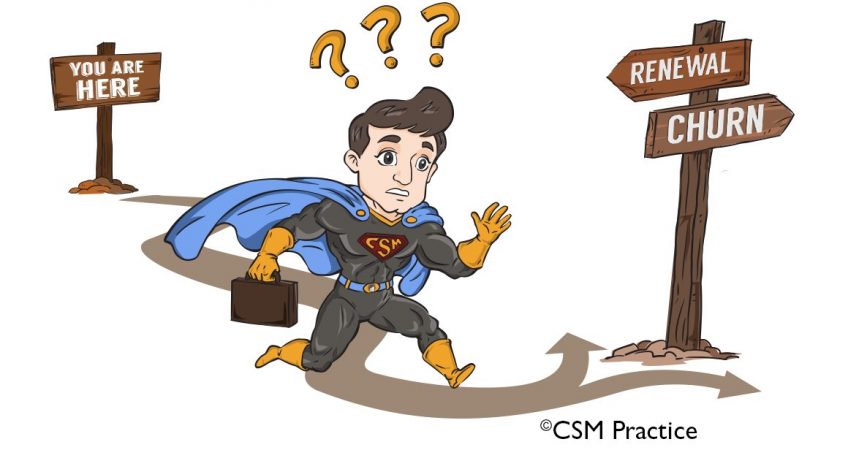

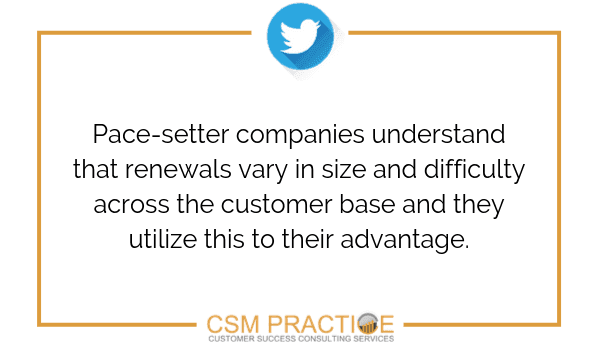
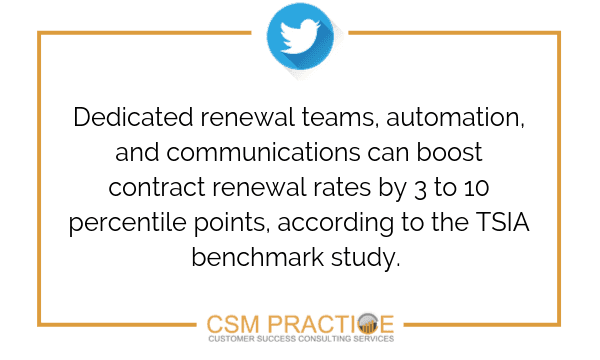
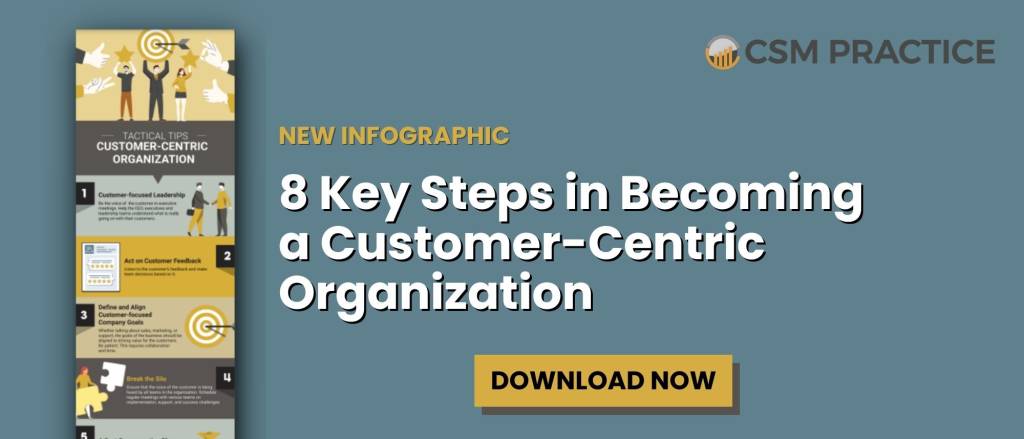
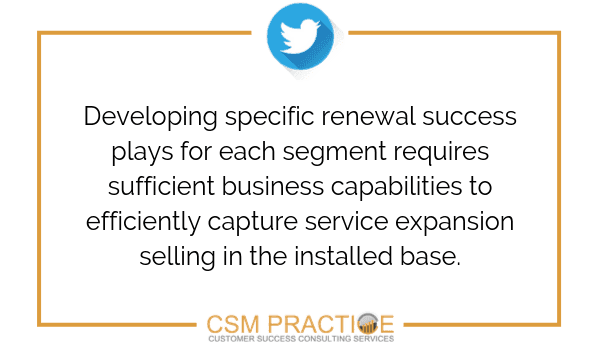
February 9, 2021
You really make it seem so easy along with your presentation however I to find this matter to be really one thing which I feel I might by no means understand. It sort of feels too complex and very huge for me. I am looking forward to your next post, I will attempt to get the cling of it!